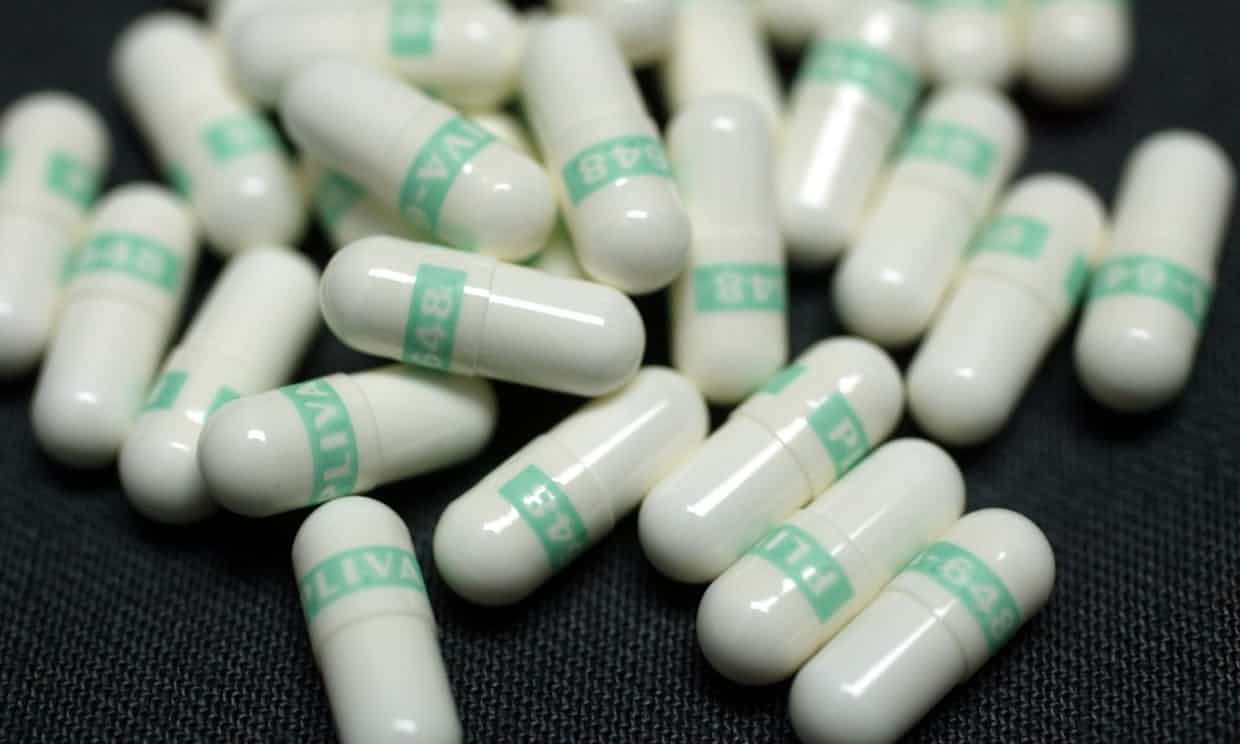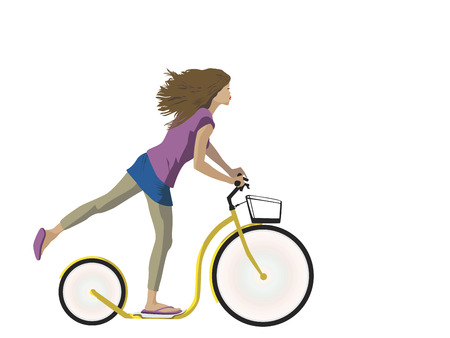We have all been taught to slap on the sunscreen when we head out into the sun. In fact, it has become so automatic that even on cloudy days we feel the need for it’s protection. It is built into most skin creams and moisterizers. Even make-up used as foundation has an SPF factor.
Skin cancer is the big bug-a-boo of course. But what are the facts? The vast majority of skin cancers are non-invasive and benign, although dermatology offices are filled with anxious patients waiting to have these harmless skin lesions removed. Squamous cell and basal cell carcinomas do not spread to internal organs and are not life-threatening. Yes they can be unsightly, but the fact that they are called “cancer” scares the living daylight out of most of us.
Melanoma, the dangerous type of skin cancer, is extremely rare and does not seem to be associated with daily, moderate sun exposure. Research suggests that extreme sunburn early in life is the culprit for melanoma, which metastasizes internally and can be fatal. Its lesions resemble dark moles, which should be checked out if they are new or appear to be growing.
On the other hand, sun exposure is being recognized for all sorts of health benefits. Vitamin D, the one we hear most about, is important in maintaining strong bones. Deficiencies of Vitamin D have been associated with macular degeneration, heart disease, cancer, and a decline in mental functioning. In fact, a Swedish study of more than 30,000 women found that avoiding the sun was as much of a risk factor for death as smoking!
Sunlight triggers the release of a number of other important compounds in the body–nitric acid, serotonin and endorphins. It reduces the risk of prostate, breast, colorectal, and pancreatic cancers. It improves circadian rhythms. It reduces inflammation and dampens autoimmune responses. It improves virtually every mental condition you can think of. And it’s free.
On the other hand, many common sunscreen ingredients have been found to be hormone disruptors that can be detected in users’ blood and breast milk. The worst offender, oxybenzone, also mutates the DNA of corals and is believed to be killing coral reefs. Manufacturers are now moving away from oxybenzone to other more natural ingredients but protecting oneself from the sun may not be necessary.
Many experts in the rest of the world have already come around to the benefits of sunlight. Cancer Council Australia’s official-position paper states, “Ultraviolet radiation from the sun has both beneficial and harmful effects on human health…. A balance is required between excessive sun exposure which increases the risk of skin cancer and enough sun exposure to maintain adequate vitamin D levels.”
How much sun exposure do you need? It varies, of course, depending on your skin color and where you live. If you live in North American and have light to medium colored skin, a total of one hour each week in the sun with arms exposed should be enough. However, sunscreen with an SPF of 30 will reduce the production of Vitamin D by 97 percent.
It is worth noting that humans survived outdoors under tropical sun for thousands of centuries without sunscreen. Humans evolved a way to protect our skin from receiving too much radiation—melanin, a natural sunscreen. Our dark-skinned African ancestors produced so much melanin that they never had to worry about the sun. As people moved north, skin lightened to absorb more of the sun’s beneficial rays. In spring, as the sun strengthened, they’d gradually build up a sun-blocking tan. Sunburn was probably a rarity until modern times, when we began spending most of our time indoors.
In the end, it’s up to you as to how much sun exposure you want to have. For me, there is nothing that feels so healing as the sensation of the sun on my bare skin. And I am glad to know that I am not flirting with death by going without sunscreen.
Much of this information came from the article: https://www.outsideonline.com/2380751/sunscreen-sun-exposure-skin-cancer-science.

 There was much brouhaha in the news last week about a new study claiming that once and for all the debate about anti-depressants was over. Headlines proclaimed that “
There was much brouhaha in the news last week about a new study claiming that once and for all the debate about anti-depressants was over. Headlines proclaimed that “